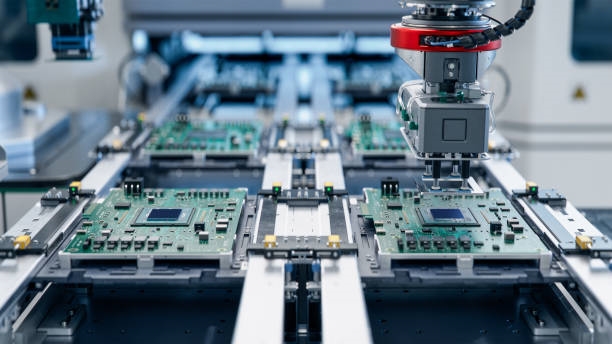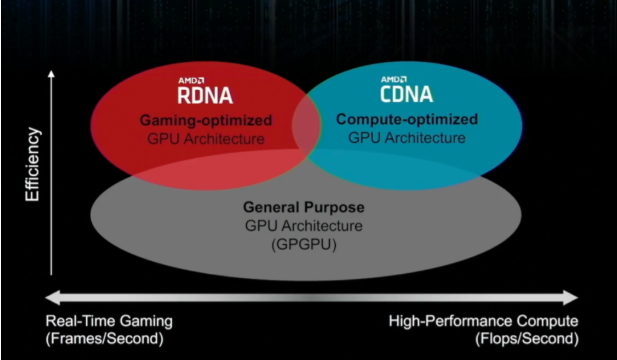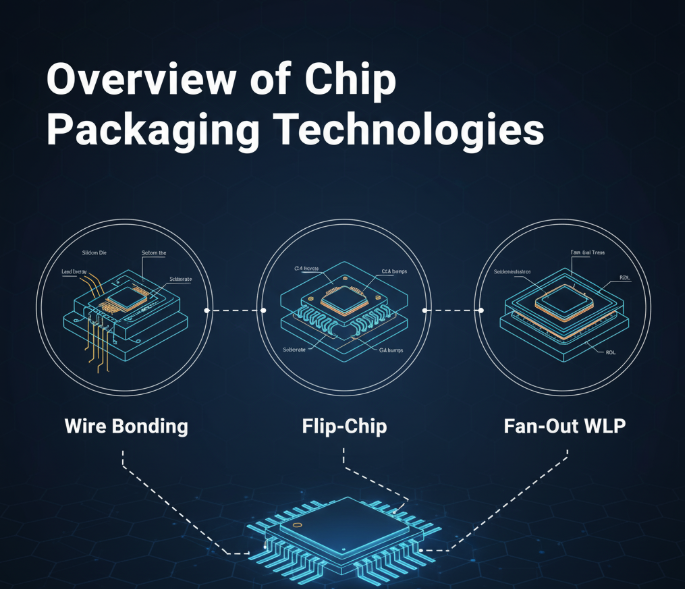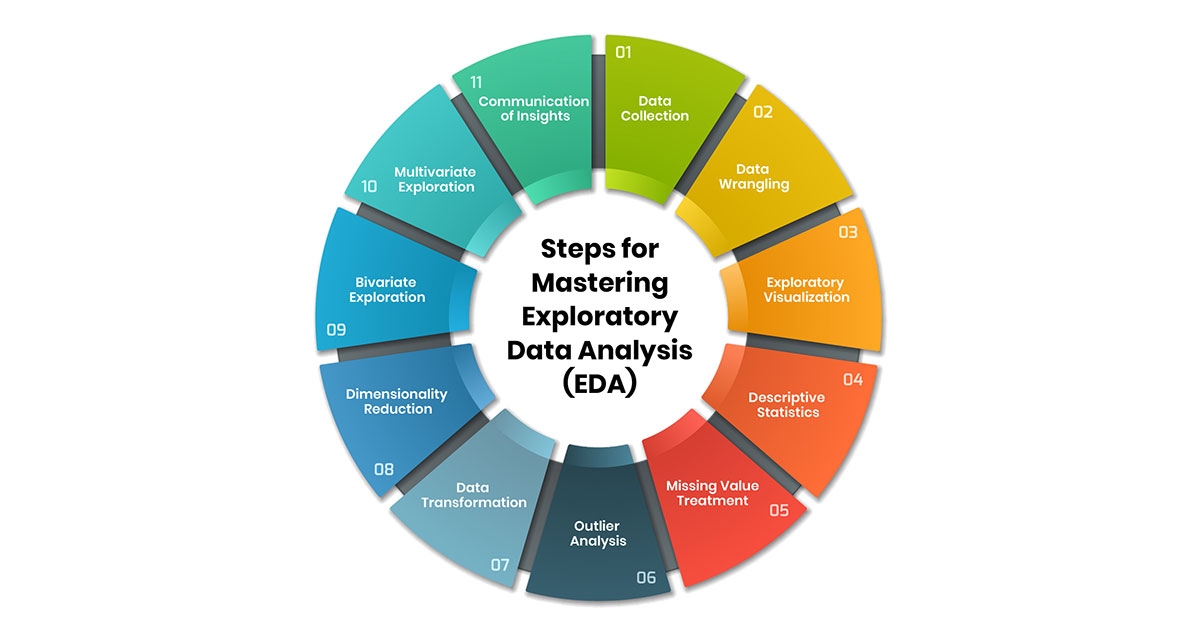System design, large-scale simulation, and AI/ML are opening multi-trillion-dollar markets for tools, methodologies, and services. Major EDA companies are exploring opportunities beyond semiconductors, integrating large-scale multi-physics simulation with chip design tools and methodologies.
Shifting Market Dynamics
For over a decade, EDA executives sought to expand into adjacent markets with limited success. Until Siemens acquired Mentor Graphics in 2016, significant moves were rare. Three key changes have since reshaped the landscape:
- Domain-Specific and Heterogeneous Designs: Advanced designs require specialized skills, tools, and methodologies. EDA vendors now collaborate directly with companies and their suppliers, leveraging proven chip design and manufacturing approaches at larger scales.
- Global Competition: Intense competition, particularly from China, drives companies to optimize operations using data analytics, sensors, and AI/ML to enhance quality and yield, reorganizing around data-driven processes.
- Increased Digitization: Emerging and established industries demand tighter integration of hardware, software, and packaging, as well as system-to-system interactions, to optimize performance per watt, making EDA tools critical for new markets.
EDA's Strategic Expansion
Companies like Synopsys, Cadence, Siemens EDA, Ansys, and Keysight are developing new tools and acquiring expertise in multi-physics analysis and simulation, both on-premises and in the cloud. These tools leverage ML to improve outcomes and reduce processing times, expanding toolchains to cover routing, layout, chiplet trade-offs, and modeling of thermal gradients and mechanical stress under real workloads.
This shift could transform the EDA industry. McKinsey projects global semiconductor revenue to reach $1 trillion by 2030, while Omdia estimates the electronic systems market at $3 trillion. Experts suggest the total addressable market could be orders of magnitude larger.
Revolutionizing System Design
Cadence CEO Anirudh Devgan highlights the potential to apply IC design's rigorous validation (99% coverage and accuracy) to system-level digital twins for automotive and aerospace, increasing coverage from 20-30% to near 99%. This approach is also being explored in biology through acquisitions like OpenEye Scientific Software, enhancing computational fluid dynamics (CFD) accuracy.
Synopsys' Aart de Geus notes that other fields have long used design automation for physical systems, but cross-disciplinary integration was unnecessary until dynamic interactions became critical. Multi-chip technologies, like chiplets, now require modeling inter-chip effects, such as heat transfer, driving EDA's relevance.
Wally Rhines, former Mentor Graphics CEO, emphasizes growing system-level verification needs. While chip verification was once sufficient, multi-chip and PCB analysis (e.g., thermal and electromagnetic interference) is now critical, fueled by multi-chip packaging demands.
Connected Systems and Virtual Design
Increasing connectivity across devices, tools, and processes shortens development cycles and demands specialization. Keysight's Niels Fach¨¦ notes that smart devices, cities, vehicles, and defense systems require virtual design to manage complexity, replacing reliance on physical prototypes.
NXP's Martin Barnasconi highlights the need to integrate standards across automotive, aerospace, and military sectors, combining semiconductor standards (ACL, ESL) with broader system-level solutions for structured, top-down approaches.
Computational Advances
Improved computing power enhances simulation accuracy, particularly in CFD. Stanford's Parviz Moin notes that generating high-quality meshes for complex geometries, once taking months, now completes in minutes, enabling cost-effective simulations for applications like engine thrust modeling.
Ansys' John Lee cites a transient simulation with 28 trillion values, driven by advanced packaging and multi-physics challenges in 3D-ICs, including thermal analysis and stress modeling. Multi-scale design (nano to centimeter) and multi-disciplinary collaboration further complicate workflows, requiring AI, ML, and advanced mathematics to manage data scale and quality.
Data Sharing Challenges
Qualcomm's Mark Burton emphasizes the need for standardized interfaces and data formats to enable large-scale data sharing in competitive markets like automotive and aerospace, where data can be worth billions. Defining common interfaces and data structures is critical for interoperable simulations.
Digital Twins and Beyond
Digital twins, long used in semiconductor optimization, are gaining traction in broader applications. Siemens EDA's Mike Ellow notes a shift from hardware-centric to software-driven differentiation in industries like automotive and medical devices, requiring tighter hardware-software integration.
EDA firms are acquiring expertise in mechanical engineering, ML, and circuit monitoring to support large-scale, cloud-based simulations that automatically adjust designs, improving efficiency and performance.
Keysight's Fach¨¦ envisions context-specific digital twins, such as battery aging or vehicle crash performance, tailored to specific physical system operations.
Driving Forces
The shift to software-defined systems, accelerated by AI/ML, is transforming industries. Synopsys' Ravi Subramanian estimates that $35 trillion of global GDP involves products in design, increasingly driven by virtual methods. Automotive companies hiring thousands of software engineers reflect this cultural shift, though resistance to software's role persists.
Conclusion
As industries digitize and global competition intensifies, EDA must evolve rapidly to provide tools and methodologies for integrated, high-performance systems. This transformation, while uncertain, demands faster tool development, flexible workflows, and enhanced data sharing. If successful, it could mark the EDA industry's greatest opportunity yet.
 ALLPCB
ALLPCB







